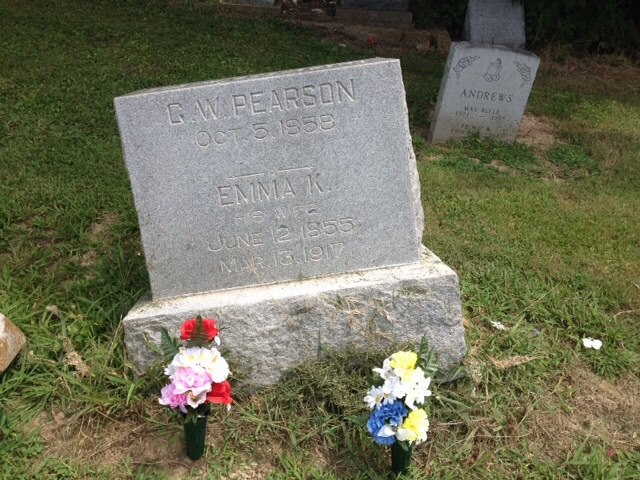There was some work involved in finding an appropriate topic regarding advancements in technology as it relates to my Dutch Iowan ancestors.
Dirkje Bosch Winkel was a victim of the "sugar diabetes" as I've heard it referred to by folks from previous generations. There is no indication about how long she may have been ill but her last days were prolonged enough that family was able to come from Minnesota to see her before her passing.
While a person with a Type 2 Diabetes diagnoses may have a slightly shortened life span (by about 3-6 years depending on various medical sources) it is now possible for that person to live just as long as a person without the diagnoses. Dirkje was 66 years old when she died which was a respectable age for an "old lady" in 1916.
During the 2nd decade of the 1900s, common alleviants for sufferers with excessive sugar were sold in glass bottles labelled "Diabetic Cure" to kidney pills in tiny paper tubes. In the years around my great-great grandmother's death, the "starvation diet" was popularized. This method seems to have been somewhat effective, but I certainly wouldn't advise it (strong recommendations for a lot of asparagus which I love but perhaps not at the quantity thought to be helpful).
Insulin and metformin were developed and became available in 1922. Some of those who had seen success with the starvatrion diet were among the first to be treated with the new drug. It came just a bit too late to be helpful to the Winkels, but several of her descendants have benefited from these and further advances.
-----------------------------------------------------------------------------------------------------------------------------
When Dirk Winkel became a cobbler in the Netherlands, he was very likely a teen and picked up the skill or was perhaps even apprenticed to a family friend or other relative as his own father was a locksmith. When he was practricing his trade, he likely amassed his own kit of tools over time, perhaps carrying them in a canvas or leather case: shoe forms, hammers, wrenches, scissors and awls in differing sizes, as well as leather and tough thread were all necessary to have on hand.
Cobblers spent their days sewing, cutting, dying, stitching, patching, sanding, polishing, sealing, as well as performing repairs. It was fine work, no doubt many decades of this were terribly hard on their fingers and hands.
At least three shoe-repair shops existing in my small city alone when I was much younger. Now there are none, although there is one in a neighboring town. Shoes are made with synthetic materials in enormous factories, although US data shows approximately 7,000 craftsman still making shoes. Shoes made by a single individual, of leather or wool are often a work of art. In addition to making a living I'd love to know if great-great grandfather Winkel thought of himself as an artisan.
---------------------------------------------------------------------------------------------------------------
OLD MAN WINKLE (1995 Sioux County Newspapers)
In the southeast corner of Dries van Gortel’s store on the east side of Main Street, Old Man Winkle had a niche where he mended shoes. Winkel was an artist at mending shoes. Almost never was a shoe too far gone for Winkle to mend. He could put almost invisible patches on holes in the uppers. A spare man, straight, tall and perky, he swung his upper torso jauntily as he walked. Twinkling eyes and a wry expression bespoke a sense of humor and a love of life. I was not surprised to hear, long after I left Sioux Center, that he had retired from cobbling to an active life of walking and fishing, and that he lived to nearly a hundred. - Writer recalls early days of Sioux Center





No comments:
Post a Comment